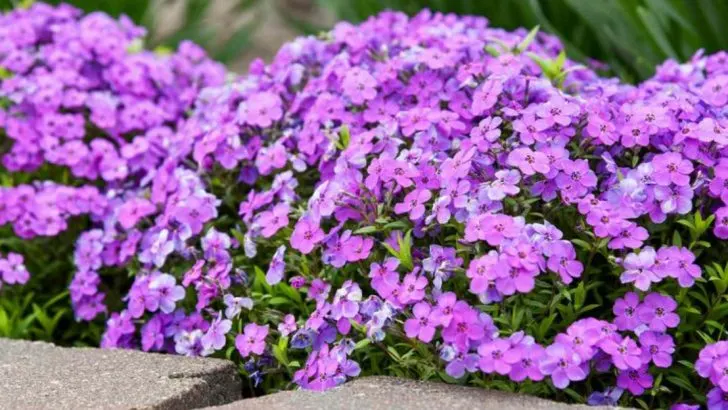Want a garden glow-up on fast-forward? Late spring divisions are your secret weapon! This is the sweet spot—when soil warms but summer’s chaos hasn’t arrived. You split perennials now, and they hit the ground running. Think hostas sending new shoots before you’ve even finished labeling. Daylilies pumping out roots like marathon runners at the start line. Astilbes and ferns popping up with zero drama. No endless waiting. No fragile seedlings to babysit. Just healthy clumps you divide, plant, and watch explode. Grab your spade and your favorite clippers. Pick from these 16 superstar divisions, and claim your garden’s fastest-establishing crew. Before you know it, you’ll have lush borders, fuller beds, and growth that looks weeks ahead of schedule. Ready, set, split—and let late spring work its magic!
Hostas
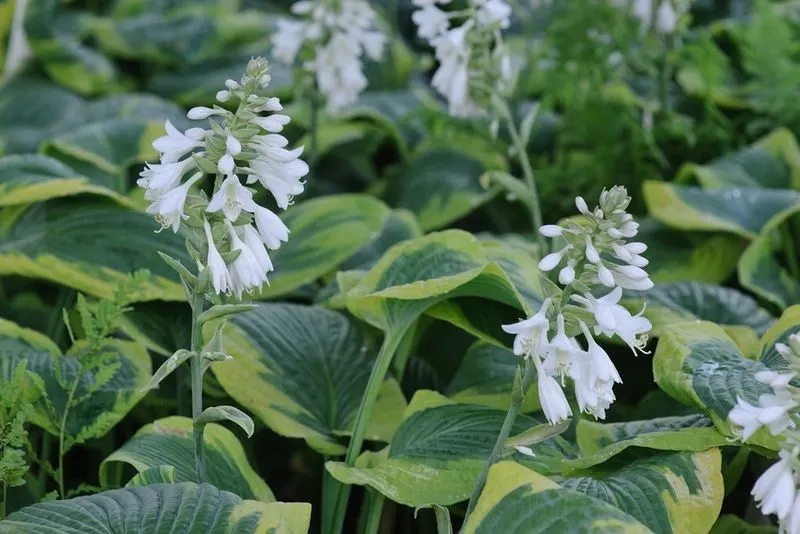
Hostas are a gardener’s delight with their ease of growth and shade tolerance. These perennials are best divided in late spring when their leaves are just unfurling. It’s a magical time, as the plants quickly establish roots, developing into lush mounds of foliage.
Their broad, variegated leaves add texture to shady spots, while their varied shades from deep green to blue create a tranquil garden scene.
For an added splash, some varieties bloom with lilac flowers in mid-summer. Hostas are a staple for those seeking low-maintenance beauty in their garden.
Daylilies
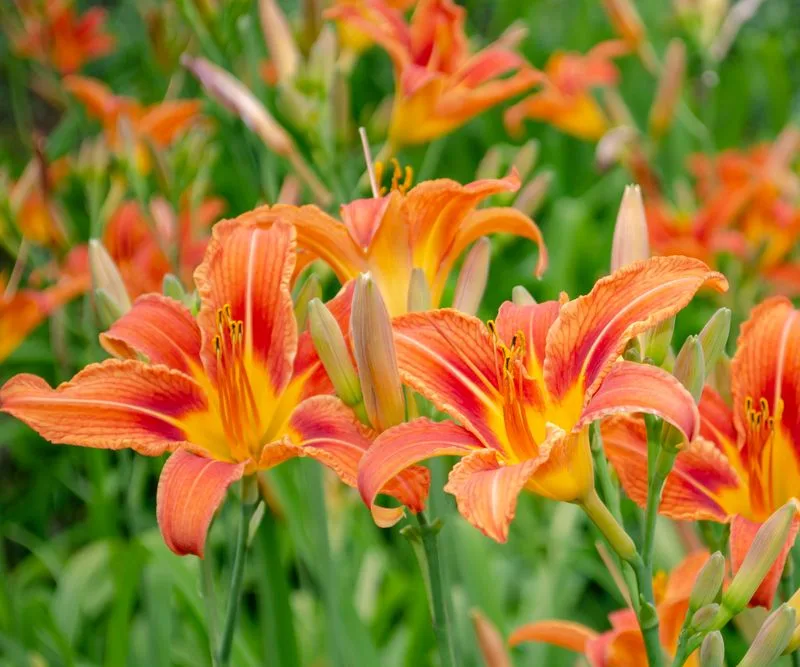
Daylilies, with their vibrant blooms, are ideal for late spring division. Known for their hardiness, they adapt quickly when divided, leading to an explosion of color in the garden.
Their trumpet-shaped flowers open with the morning sun, creating a cheerful display that lasts through the day.
While each bloom lasts a single day, the plants produce multiple buds, ensuring a continuous show throughout the season. With minimal care required, daylilies are perfect for both novice and experienced gardeners seeking color and resilience.
Iris
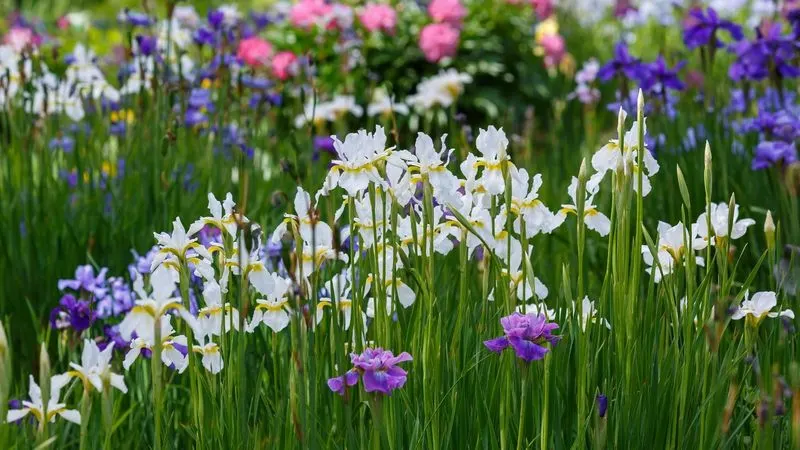
The elegance of irises is undeniable, with their intricate petals and striking colors. Late spring is the prime time for dividing these beauties, as they quickly respond and establish.
Irises add a touch of sophistication to any garden with their stately presence. The variety in color—from purples to whites—offers endless design possibilities.
Known for their resilience, irises require little maintenance once established, making them a favorite among gardeners who appreciate both beauty and simplicity.
Peonies
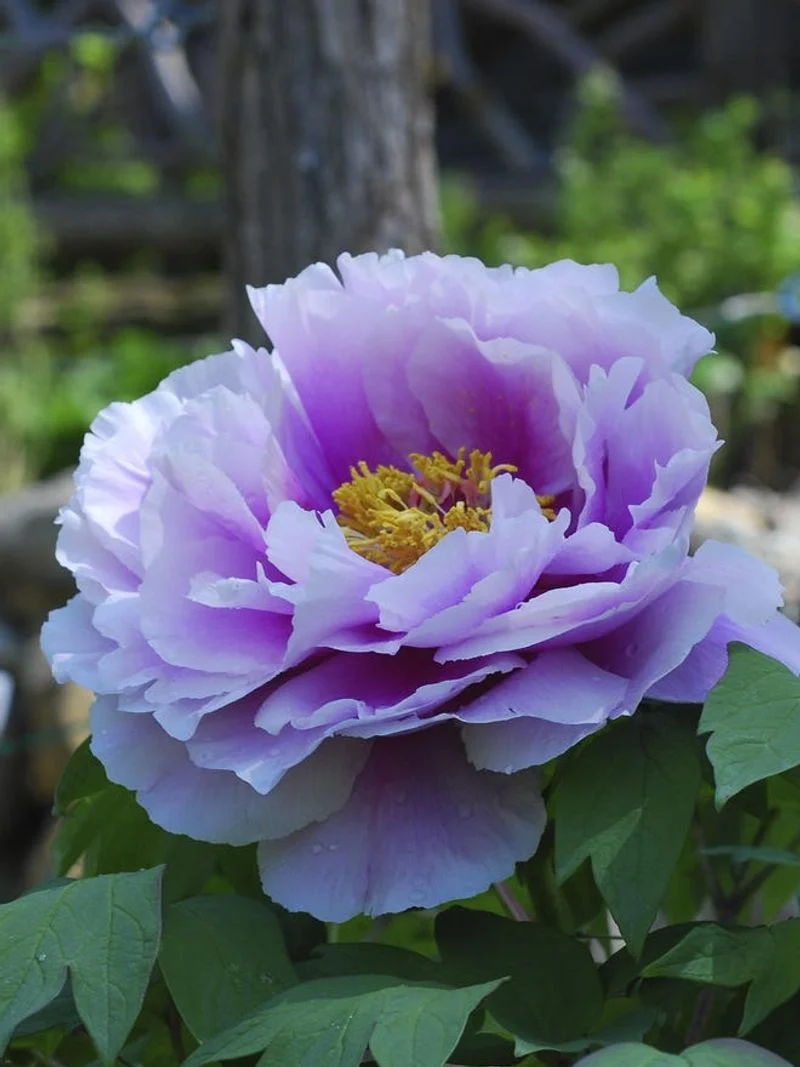
Peonies, with their lush, fragrant blooms, are a springtime favorite. Late spring division ensures that these perennials establish rapidly, promoting healthy growth and abundant flowering.
The sight of peonies in bloom is akin to poetry in motion, with their large, ruffled petals swaying gently in the breeze.
While they require patience to mature, their longevity and stunning display are well worth the wait. A garden adorned with peonies is a testament to elegance and timeless beauty, cherished by many.
Sedum

Sedums, known for their succulent-like foliage and vibrant growth, are ideal for late spring division. These hardy plants withstand tough conditions, making them perfect for rock gardens.
Their fleshy leaves retain moisture, ensuring they thrive with minimal care. Sedums bring a touch of the exotic to the garden, with colors ranging from greens to deep reds.
As they flower, sedums attract pollinators, adding life to the landscape. Their adaptability and beauty make them a favorite among those seeking low-maintenance, year-round interest in their gardens.
Bee Balm
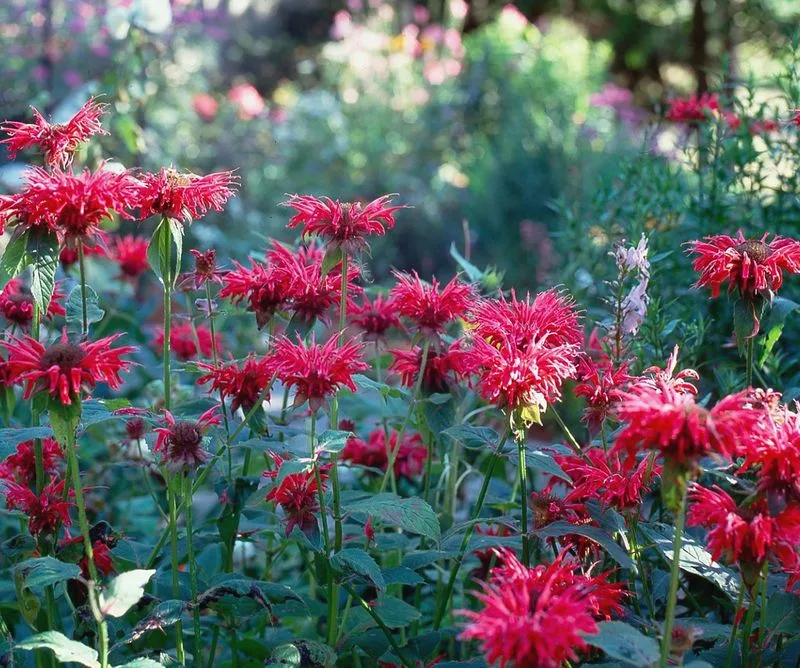
Bee Balm, with its showy blooms and aromatic foliage, is a delight for both gardeners and pollinators. Late spring division invigorates the plant, leading to robust growth and flowering.
The tubular flowers, rich in nectar, attract a variety of pollinators, ensuring a bustling garden ecosystem. With colors spanning from reds to purples, bee balm adds a lively splash to any landscape.
Beyond its beauty, bee balm’s aromatic leaves have been used in teas and herbal remedies, making it both an ornamental and utilitarian choice.
Phlox

Phlox is renowned for its vibrant bloom clusters and sweet fragrance, making it a garden staple. Late spring division encourages vigorous growth, resulting in lush, dense displays.
These flowers spread quickly, providing excellent ground cover with bursts of color. Their cheerful presence brightens up garden borders and pathways.
Phlox varieties offer versatility, with options suitable for rock gardens, borders, or containers. Their delicate beauty and resilience make them a must-have for gardeners seeking continuous color through the spring and beyond.
Astilbe
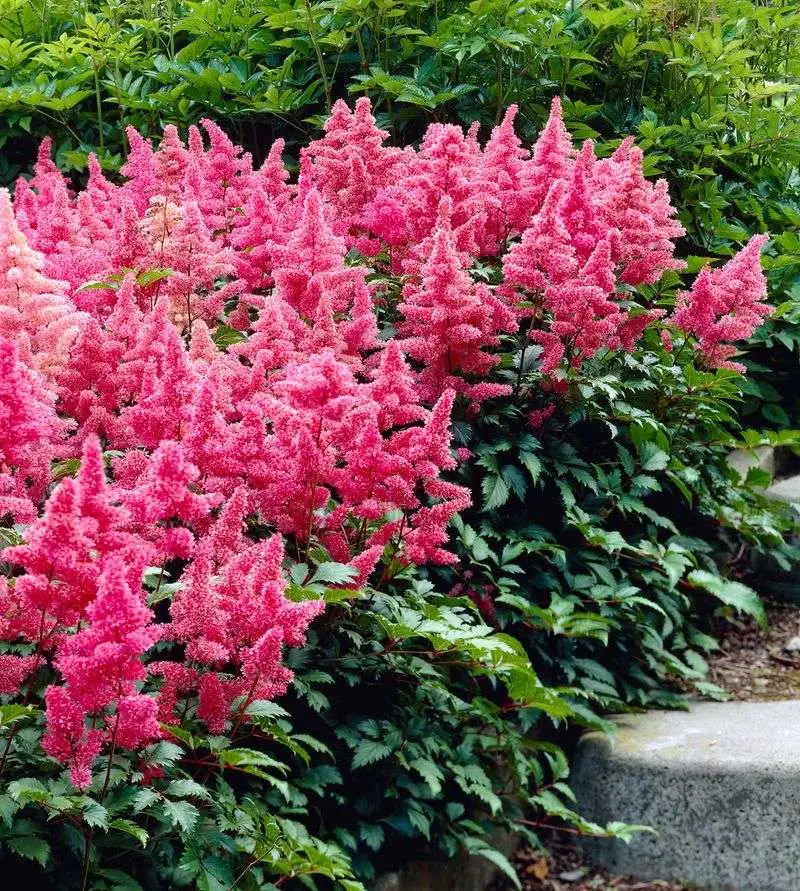
Astilbe’s feathery plumes add a touch of grace to shaded garden areas. Ideal for late spring division, this plant establishes quickly, rewarding gardeners with vibrant displays.
Their soft, pastel colors—from pinks to whites—complement the lush greenery of woodland gardens. Astilbes thrive in moist, well-drained soils, making them perfect for shaded beds.
Beyond their beauty, these plants are low-maintenance, requiring minimal intervention once established. They bring elegance and serenity to any garden environment, creating a tranquil retreat.
Shasta Daisies

Shasta daisies are iconic for their cheerful, daisy-like blooms and robust nature. Dividing them in late spring ensures they flourish, producing abundant flowers.
Their bright, sunny faces bring joy to any garden, standing tall and proud through the season. The contrast of white petals against yellow centers creates a striking visual.
These perennials are easy to care for, needing just sunlight and well-drained soil to thrive. Shasta daisies are a classic choice for any garden, beloved for their simplicity and enduring appeal.
Lavender
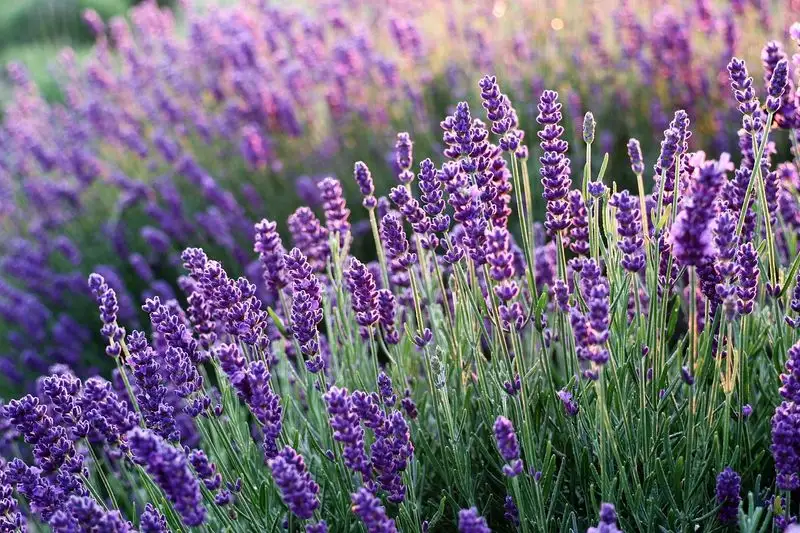
Lavender, with its soothing aroma and silvery foliage, is a favorite for late spring division. This timing ensures rapid establishment and abundant flowering.
The plants thrive in sunny, well-drained locations, adding a touch of Provence to gardens worldwide. Their fragrant blooms attract pollinators, enhancing garden biodiversity.
Beyond aesthetics, lavender is prized for its uses in aromatherapy and culinary arts. A garden with lavender promises tranquility and sensory delight, appealing to gardeners seeking both beauty and functionality.
Coral Bells
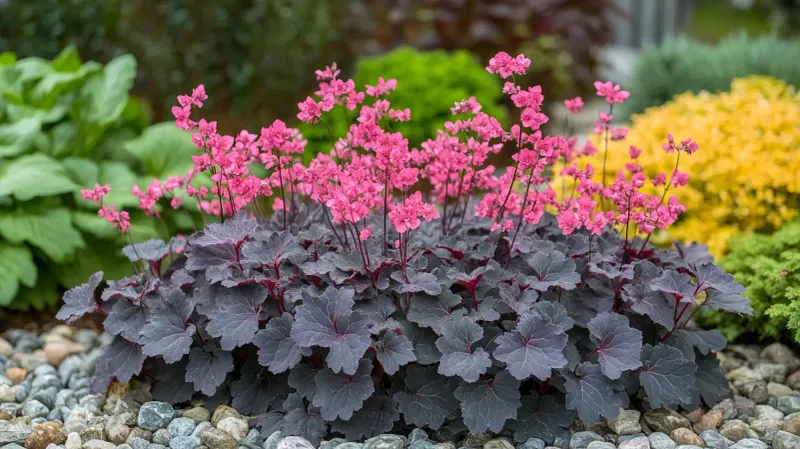
Coral Bells are celebrated for their colorful foliage, offering year-round interest. Late spring is the perfect time to divide these plants, ensuring healthy growth and vibrant leaf displays.
Their foliage comes in a spectrum of colors, adding visual intrigue to gardens. The delicate flower spikes attract hummingbirds, further enhancing garden charm.
Coral Bells thrive in both sun and partial shade, adaptable to various garden settings. Their versatility and vibrant colors make them a favorite for gardeners aiming to add texture and intrigue to their plantings.
Ornamental Grasses
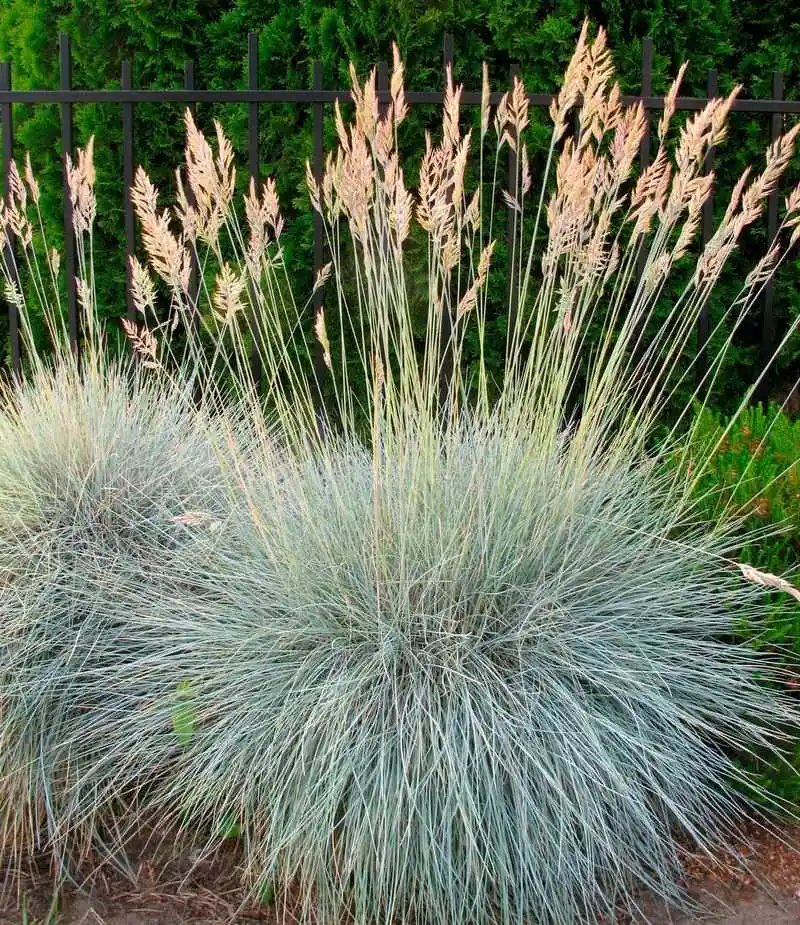
Ornamental grasses bring movement and texture to gardens, with late spring division promoting rapid establishment. These grasses add a dynamic element to landscapes, swaying with the lightest breeze.
Their feathery plumes and varied heights create visual interest, from borders to standalone features. Once established, they require minimal care, thriving in a range of conditions.
Ornamental grasses are perfect for those seeking a low-maintenance option that offers year-round appeal. They provide habitat and food for wildlife, contributing to a balanced garden ecosystem.
Ferns
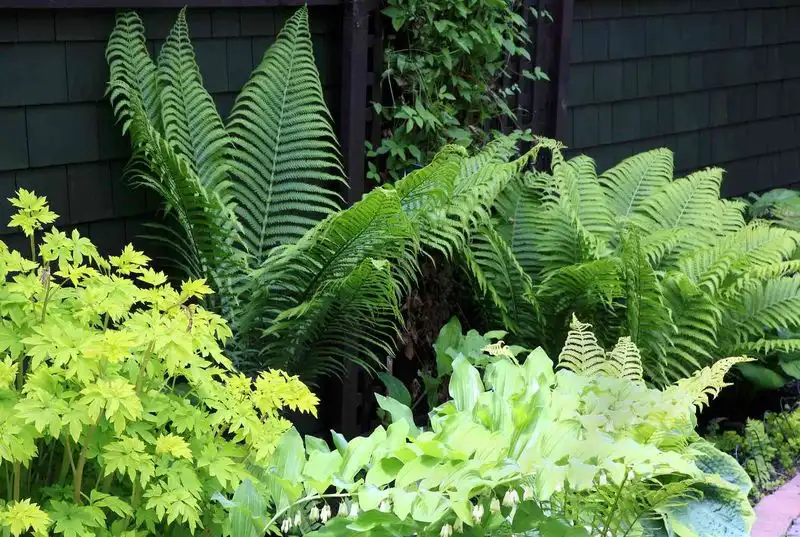
Ferns, with their delicate fronds, add a touch of woodland charm to any garden. Dividing them in late spring ensures they establish quickly, filling shaded areas with lush greenery.
These plants thrive in moist, well-drained soils, preferring dappled sunlight to full shade. Their graceful fronds provide texture and depth, complementing other shade-loving plants.
Ferns offer timeless appeal, with varieties suitable for different climates and garden styles. They are cherished for their ability to transform ordinary spaces into serene retreats, perfect for relaxation and reflection.
Lamb’s Ear
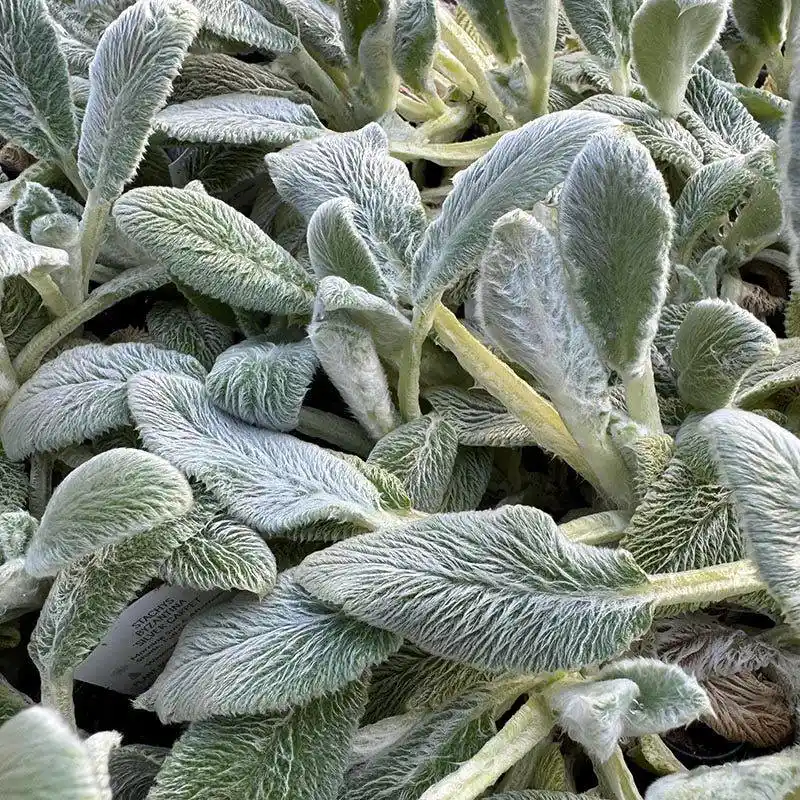
Lamb’s Ear, with its soft, velvety leaves, is a tactile delight for gardens. Late spring division encourages robust growth, creating dense, silvery carpets.
These plants thrive in sunny locations, with their unique texture adding visual and tactile interest. Lamb’s Ear is drought-tolerant, making it a great choice for water-wise gardens.
Their subtle beauty serves as an excellent ground cover, contrasting beautifully with vibrant flowers. Lamb’s Ear is perfect for gardeners seeking a blend of practicality and softness in their plantings.
Black-eyed Susan
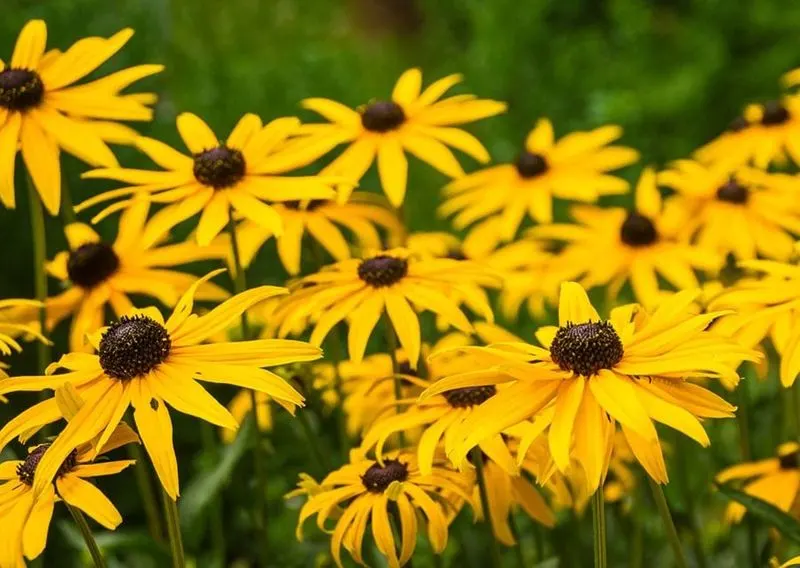
Black-eyed Susans, with their sunny disposition, brighten up any garden setting. Late spring division promotes vigorous growth, resulting in a profusion of cheerful blooms.
Their daisy-like flowers stand out with vibrant yellow petals surrounding deep brown centers, attracting pollinators throughout the season.
These resilient perennials thrive in various conditions, requiring minimal care once established. Black-eyed Susans are perfect for gardeners looking for a splash of color that endures, embodying the spirit of summer in their golden blooms.
Balloon Flower (Platycodon)
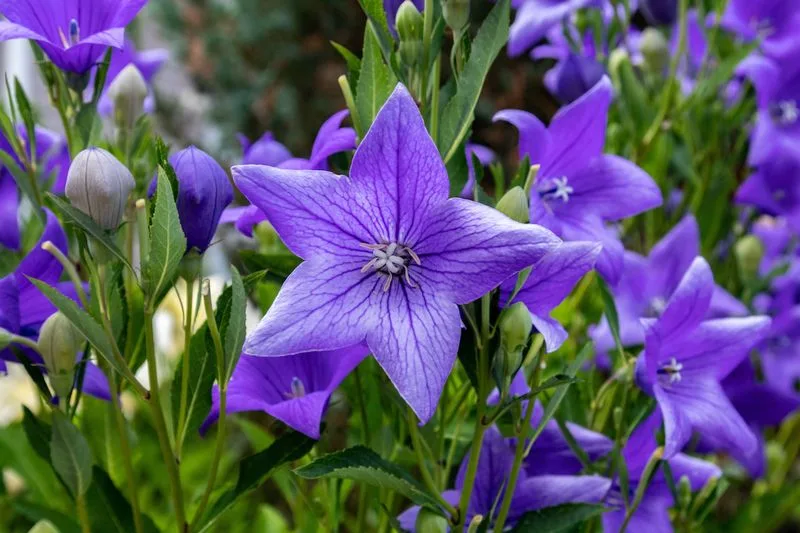
The Balloon Flower, with its striking star-shaped blooms, is a gardener’s delight. Known for its unusual balloon-like buds, this plant adds a whimsical touch to late spring gardens. Once the charming buds burst open, they reveal stunning blue flowers that can brighten any space.
Platycodon thrives in well-drained soil and can withstand dry conditions, making it a resilient choice. Its ability to establish quickly in late spring makes it an ideal candidate for division. This plant’s long-lasting blooms and low maintenance needs make it a worthy addition to any garden.
Did you know? Balloon Flowers are often used in traditional Asian medicine for their anti-inflammatory properties and are native to East Asia.

